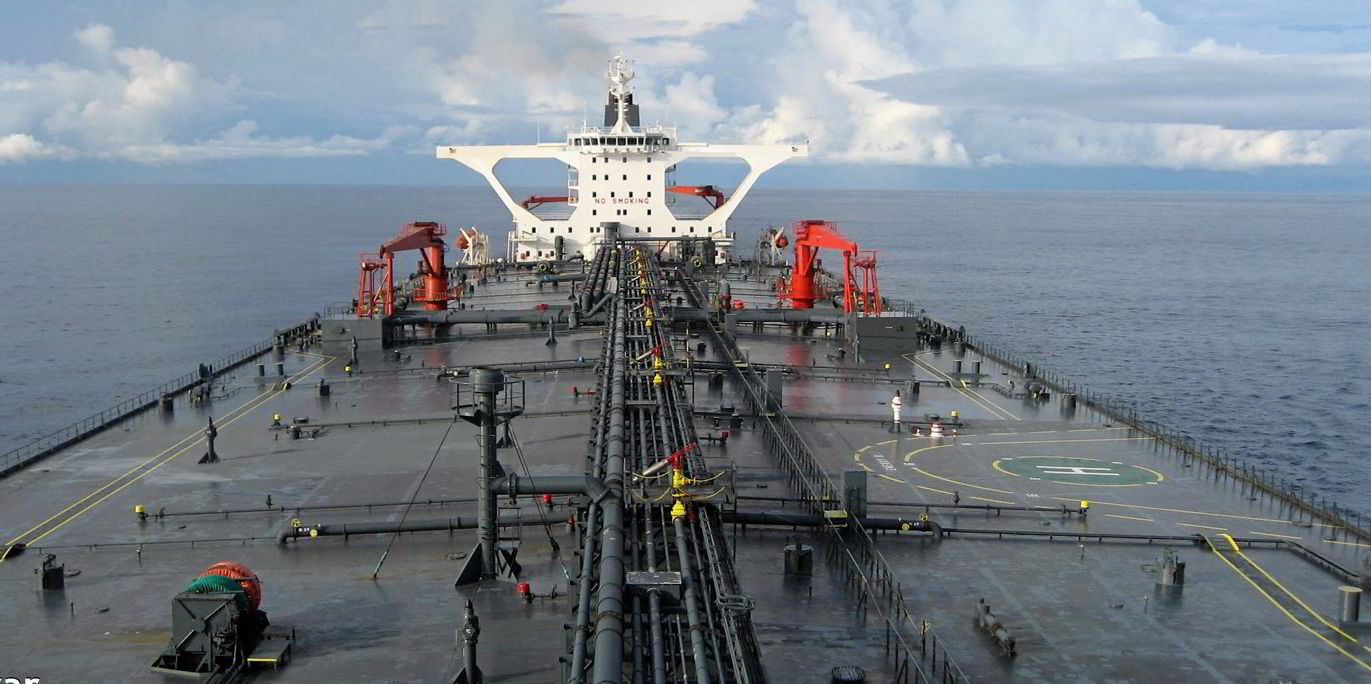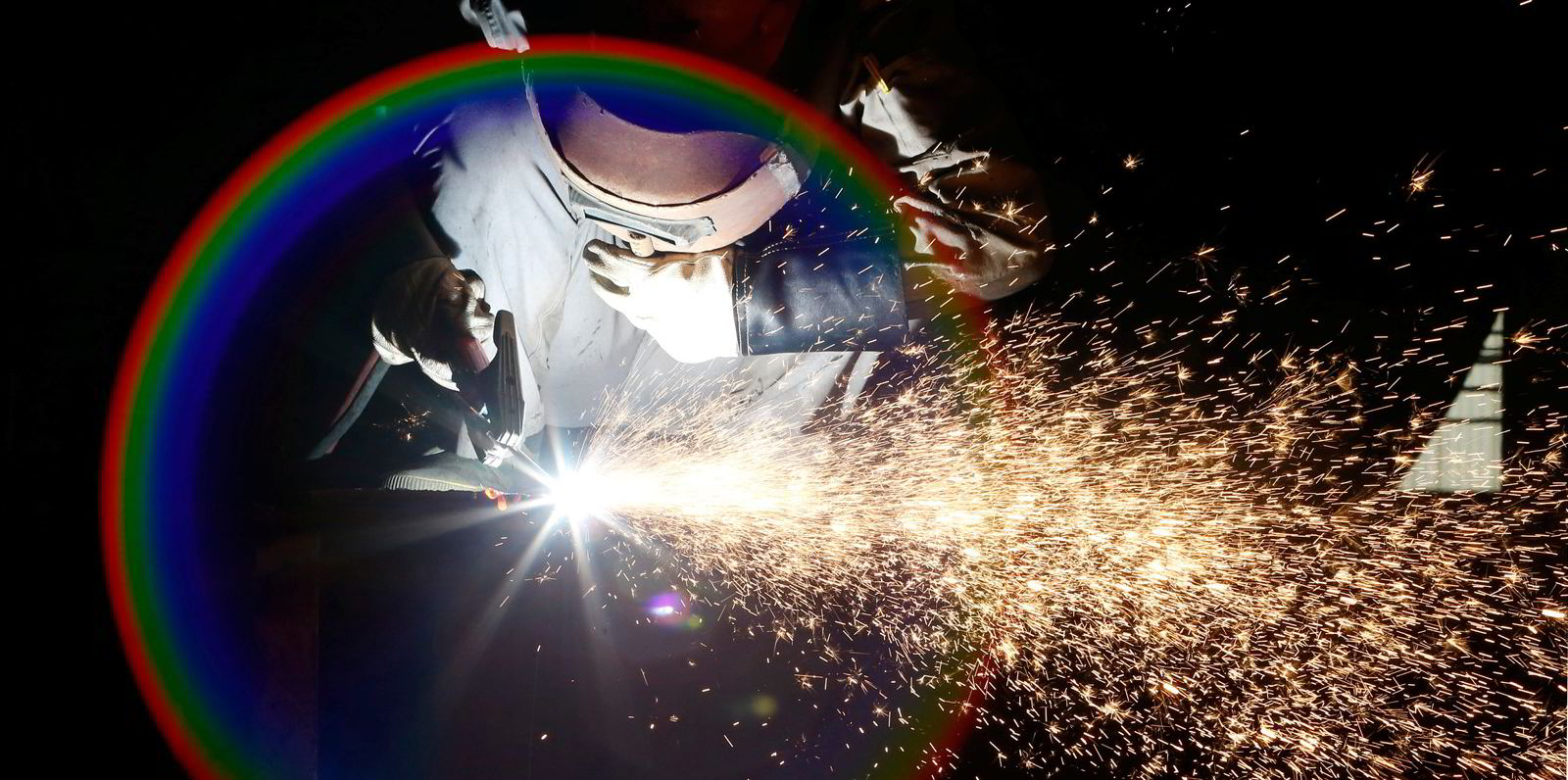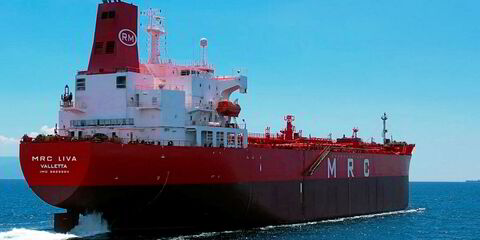Tanker owners saw tepid improvements, if any, in rates for the second quarter of 2021 — and while analysts readily issue forecasts on the market's future, none of the major market players is prepared to predict when the gloom will lift.
Many players posted weak first-quarter earnings as Covid-19 has continued to drag on oil demand, leaving executives to pin their hopes on a turnaround in the second half of the year.
"I think this market is extremely difficult to call," said Euronav chief executive Hugo De Stoop, whose company posted a $71m quarterly loss. "I cannot predict exactly when international travel will completely resume. I cannot predict when Europe will lift their restrictions like the US is doing at the moment.
“So, if you give me those dates, then I can probably give you a more accurate picture but, absent that, I think we need to be patient.”
In the first quarter, Euronav's fleet of 45 VLCCs earned $14,000 per day in the spot market and its 28 suezmaxes $11,500 per day.
For the second three months of the year, it reported both asset classes earning less: VLCCs at $10,000 per day with 48% of spot days fixed and suezmaxes at $10,500 per day with 41% of days fixed.
That second-quarter drop is also being felt by others. DHT Holdings saw its VLCC fleet earnings fall from $31,800 per day in the first quarter to $21,300 per day in the second quarter with 75% of days fixed.
It reported an $11.6m profit for the first quarter, slightly better than analyst expectations.
DHT co-chief executive Svein Moxnes Harfjeld believed the second quarter would be the low for a market waiting for economies to reopen as Covid-19 vaccinations become widespread. His counterpart Trygve Munthe said he expected "a healthy tanker market in the not-so-distant future".
"Call that next winter or so," Munthe said.

Some ships looking up
A brighter spot in the otherwise gloomy market appears to be smaller tankers and product tankers.
Ardmore saw its MR tanker fleet earn $10,842 per day in the first quarter, rising slightly to $11,000 per day with 50% of days fixed.
Teekay Tankers saw its suezmax fleet earn $10,670 per day in the spot market in the first quarter and reported a daily spot rate of $10,500 so far in the second quarter, with 55% of days fixed.
However, market aframax rates rose from $10,108 per day to $10,500 per day and its LR2s — some of which are carrying crude — jumped from $11,434 per day to $11,900 per day. Both had 49% of available days spoken for.
Speaking on an earnings call, Teekay Tankers chief executive Kevin Mackay said rates had been boosted by bad weather along the US Gulf Coast and Suez Canal blockages.
"It is perhaps a sign that the worst of the market may now be behind us," he said.
He added that the "next few months" look challenging with Covid-19 still posing a problem but cited the tanker sector's long-term fundamentals.
Bugbee's bet
Greater clarity in the rate forecast came from Scorpio Tankers, whose president Robert Bugbee said the company would “very shortly” hit rates of $17,000 per day.
Once rates hit those figures, product tanker owner Scorpio Tankers would cover all expenses, he said.
“We can, at that point, have a combination of building cash, paying down debt,” Bugbee said on the company’s first-quarter earnings call. “Buying back ... is going to be a clear incentive for the company, especially when already our stock is trading so significantly below NAV.
"We're in a very different environment right now where we're through the refinery turnarounds through the destocking. We're through the critical point of vaccinations in Europe."
Scorpio Tankers reported a $57.3m loss for the quarter with LR2 rates of $11,980 per day, LR1 rates of $11,292 per day and MR rates of $11,326 per day. Its handymax fleet earned $9,065 per day.
In the second quarter, LR2s were up to $14,700 per day, LR2s rose to $13,700 per day, MRs jumped to $13,000 per day and handymaxes climbed to $11,900 per day.





